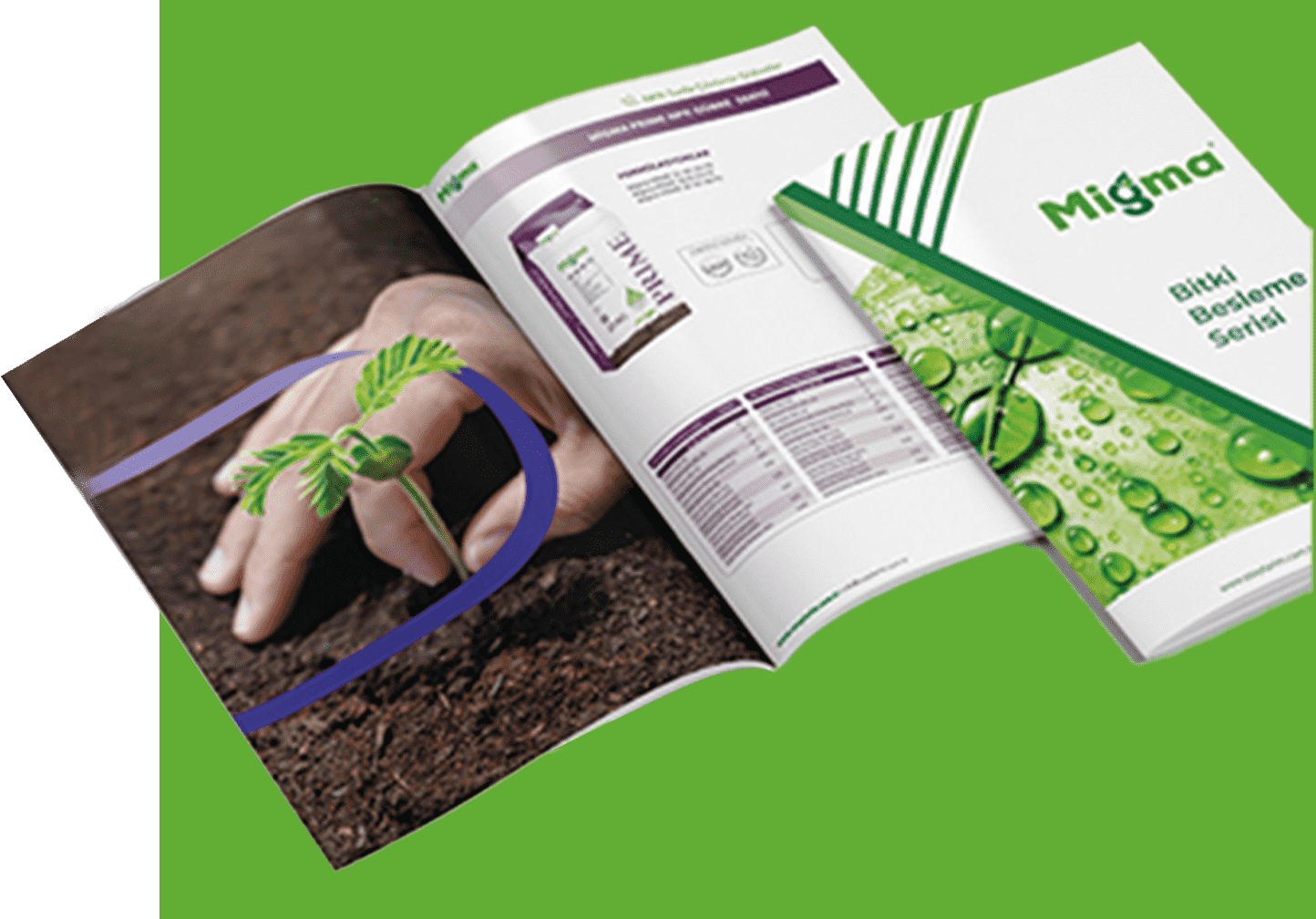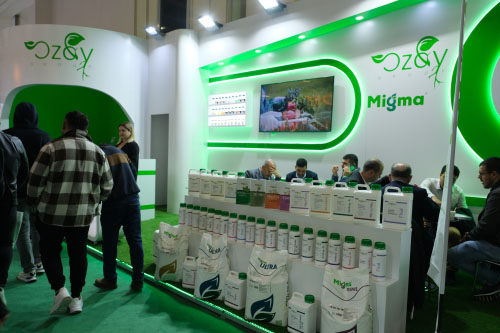Strawberry Cultivation Methods, Care, Planting, and Season
According to data from the International Trade Centre, bananas are the most cultivated fruit globally, accounting for 13% of total production, while strawberries rank 7th with a 3.8% share. Strawberry cultivation can adapt to various ecological conditions and methods. However, traditional strawberry farming techniques often face challenges in protecting the fruits from diseases and pests.
In strawberry production, solarization and chemical sterilization are applied to achieve high yields. However, these methods are both costly and potentially harmful to the soil and environment. As a result, strawberry producers occasionally experiment with alternative methods.
The correct strawberry variety is selected to achieve the desired yield. Preparing suitable soil conditions, applying proper irrigation methods, protecting against diseases and pests, and performing timely post-planting maintenance are essential elements of successful cultivation.
Today, there are many different methods of growing strawberries. Soilless agriculture provides the plant's root environment with adequate amounts of nutrients and water. Strawberry growers can utilize this method.
The rapid growth of the global population necessitates increased productivity. Therefore, Migma specialized fertilizers and new techniques are essential for fruit and vegetable cultivation.
How to Plant Strawberries?
To achieve the desired yield in strawberry planting, it is important to pay attention to key points. Fumigation before planting is a method of protection against harmful organisms.
The soil should always be moist.
The lime content of the soil should be low.
The leaves and fruits of the strawberry close to the soil should receive sunlight. Sunlight plays an important role in increasing the yield.
The pH level of the soil where strawberries will be planted should be between 5.5 and 6.5.
The answer to the question "How long does it take for strawberries to grow?" is that strawberries begin to grow within approximately 30-40 days and produce their first fruits within 70-90 days.
How to Cultivate and Care for Strawberries
According to the Ministry of Agriculture and Forestry, the Mediterranean Region is identified as the most suitable area for strawberry cultivation, with Antalya and Mersin surpassing a 23.8% production rate in 2020. Following the Mediterranean, the Aegean and Marmara regions also contribute significantly to strawberry production.
Strawberries can be harvested during November, December, and January, making early cultivation in the region particularly important.
For strawberry production in greenhouses (heated, unheated, glass, and plastic), high and low tunnels are utilized. In protected cultivation, the most critical factor is to prevent flowering strawberries from being damaged by frost. To achieve this, heating and fogging systems are employed in greenhouses. Over time, constructing a second tunnel could be considered as an additional option.
In open-field cultivation, late spring frosts can pose a problem, particularly in the Mediterranean region. However, with the necessary precautions, the timing of strawberry harvests can vary. In the Mediterranean, the first harvest typically begins in mid-March, while in other regions, it occurs in May and June. There is also a chart illustrating that open-field cultivation yields lower productivity compared to protected cultivation.
How to Care for Strawberries?
Ensure that weeds do not grow and aim to obtain high-quality early crops. The beds are made of black plastic. This covering process is done after planting in summer plantings and before planting in winter plantings.
If you are curious about irrigation methods in strawberry production, it is important to know that strawberries are sensitive to water. Overwatering can cause fungal growth. Drip irrigation and furrow irrigation can meet the water needs of strawberries.
Soil analysis determines the amount of fertilization. There may be a need for soil or foliar fertilization. Drip irrigation is also necessary for soil fertilization. This method has a higher ability to reduce fertilizer loss. Like many commercial crops, strawberries require nitrogen fertilizers. Nitrogen support begins one month after planting and continues until the end of the harvest.
In cold winter climates, fertilizers are applied periodically. According to the Ministry of Agriculture and Forestry's strawberry cultivation brochure, nitrogen fertilizers are used at approximately 25-30 kilograms of pure nitrogen per decare. This amount is calculated by dividing it over the months.
If drip irrigation is applied, this fertilizer can be given weekly. Potassium (K) contents are used to withstand winter cold, provide fruit flavor and aroma, and enhance fruit flesh. If there is not much lime in the soil, it helps prevent fruit softening. In soils with high lime content, it is very important to adjust the pH. Farmers are warned that chlorosis may occur when the pH exceeds 6.5. To prevent this, chelated fertilizers are recommended.
During strawberry care, yellowing leaves should be cleaned. Not separating the runners reduces yield.
Diseases and pests affect the roots, fruits, and leaves of strawberries. Root problems should be eliminated through soil fumigation or sterilization. Pesticides and chemicals can be applied systematically to prevent fruit rot.
For protected cultivation, ventilation is very important, especially in places where rot is common. In summer, row spacing and in-row spacing are kept wider in plantings. Thus, the likelihood of contamination decreases. During strawberry care, the insects that cause the most damage to strawberries are red mites, aphids, wireworms, and cutworms.
When to Plant Strawberries?
Strawberry cultivation can vary depending on the climate and strawberry variety.
Strawberry seedlings are planted in temperate climate regions from late October to early November.
In warm climate regions, strawberry planting can be done from September to November.
In cold climate regions, planting is done from April to May.
Frost risk and soil temperature are important factors to consider when planting strawberries.
It is advisable to wait until the danger of frost has passed, as strawberries are sensitive to cold weather. Ideally, soil temperature should be between 10 and 15 degrees Celsius. It is also recommended to plant in soil that has received ample rainfall prior to planting.
Planting dates for some popular strawberry varieties are as follows:
Albion, Chandler, Selva: September to November
Elsanta, Jewel, Seascape: March to May
News

 Türkçe
Türkçe
 English
English
 Русский
Русский
 العربية
العربية

